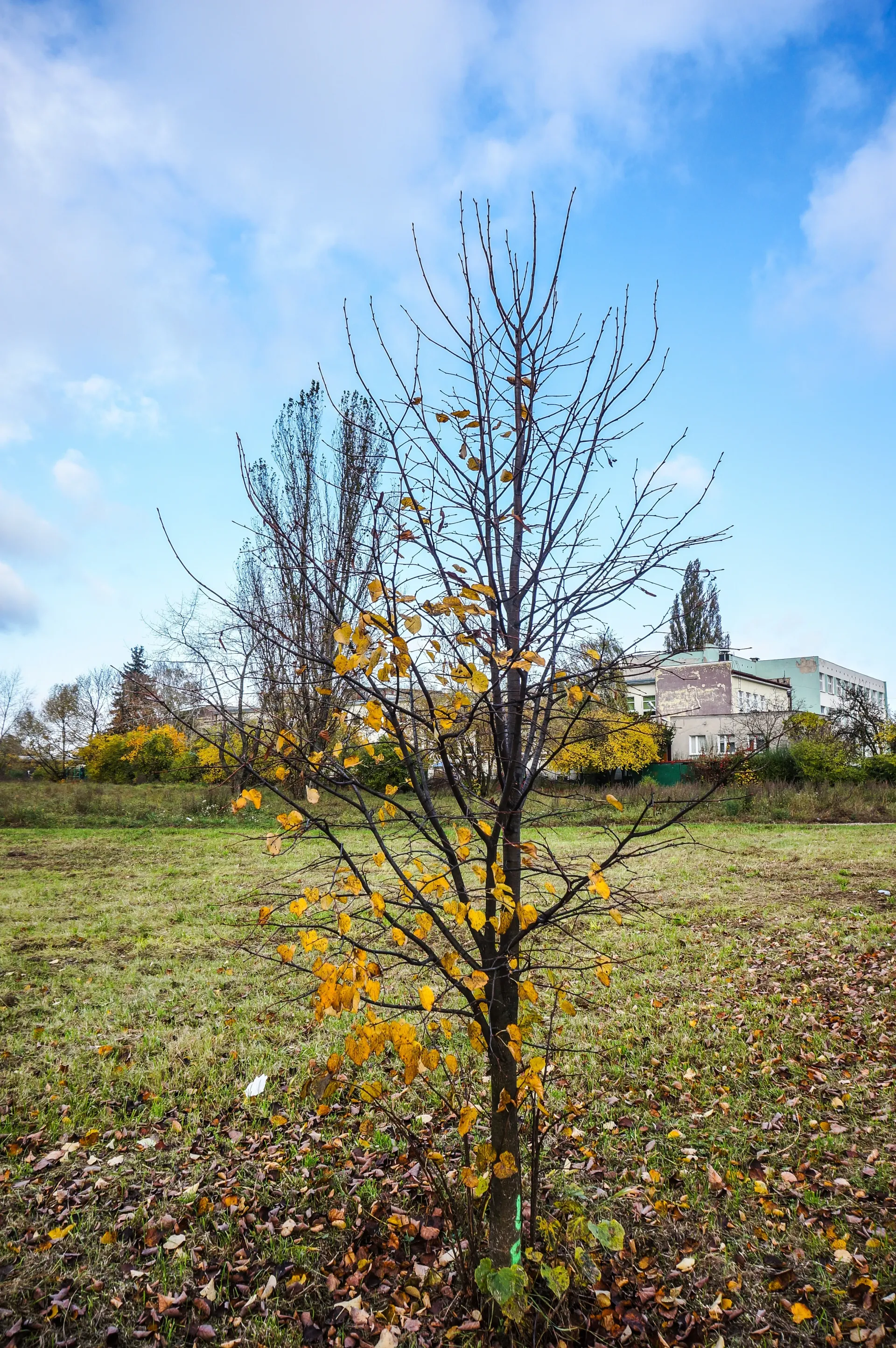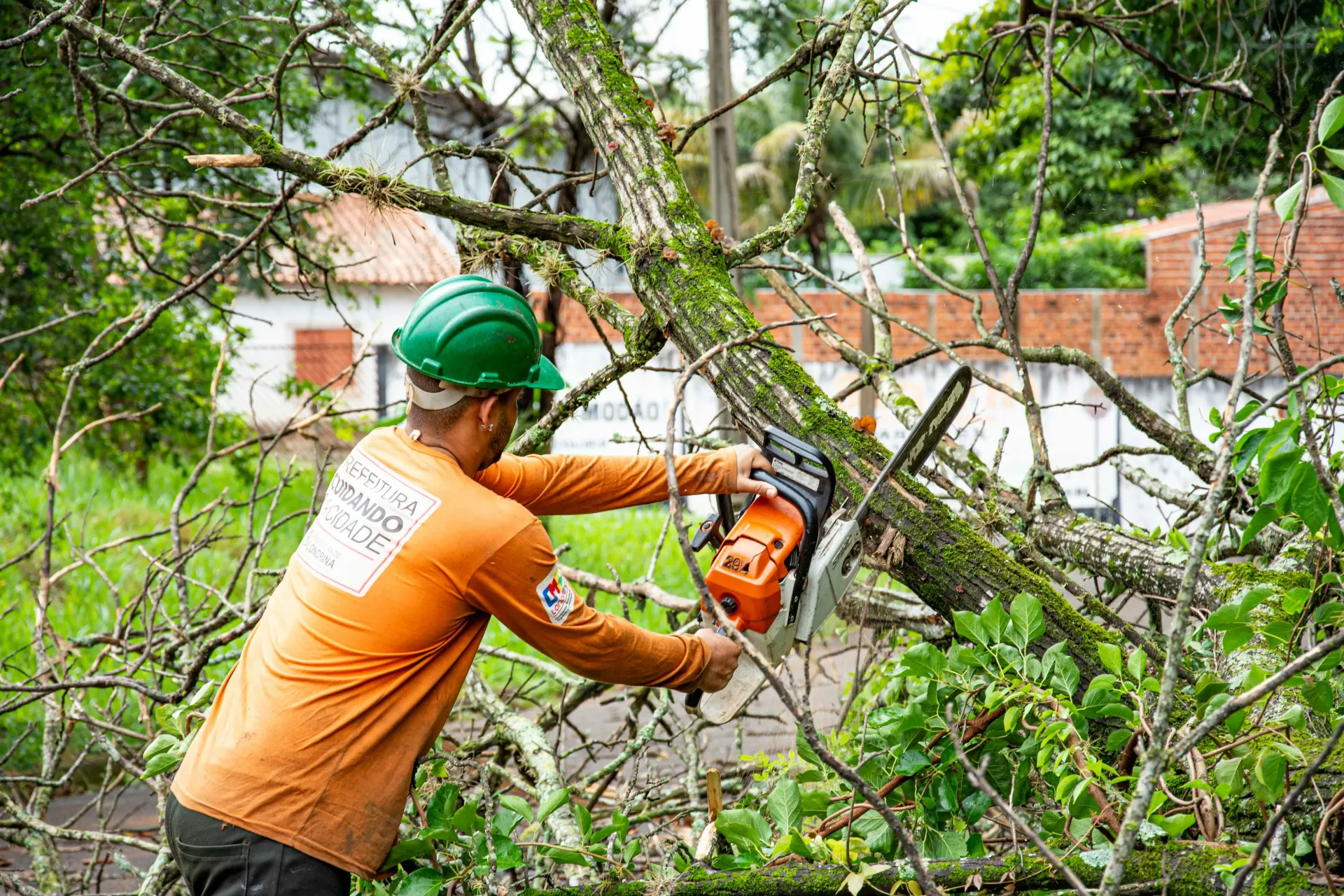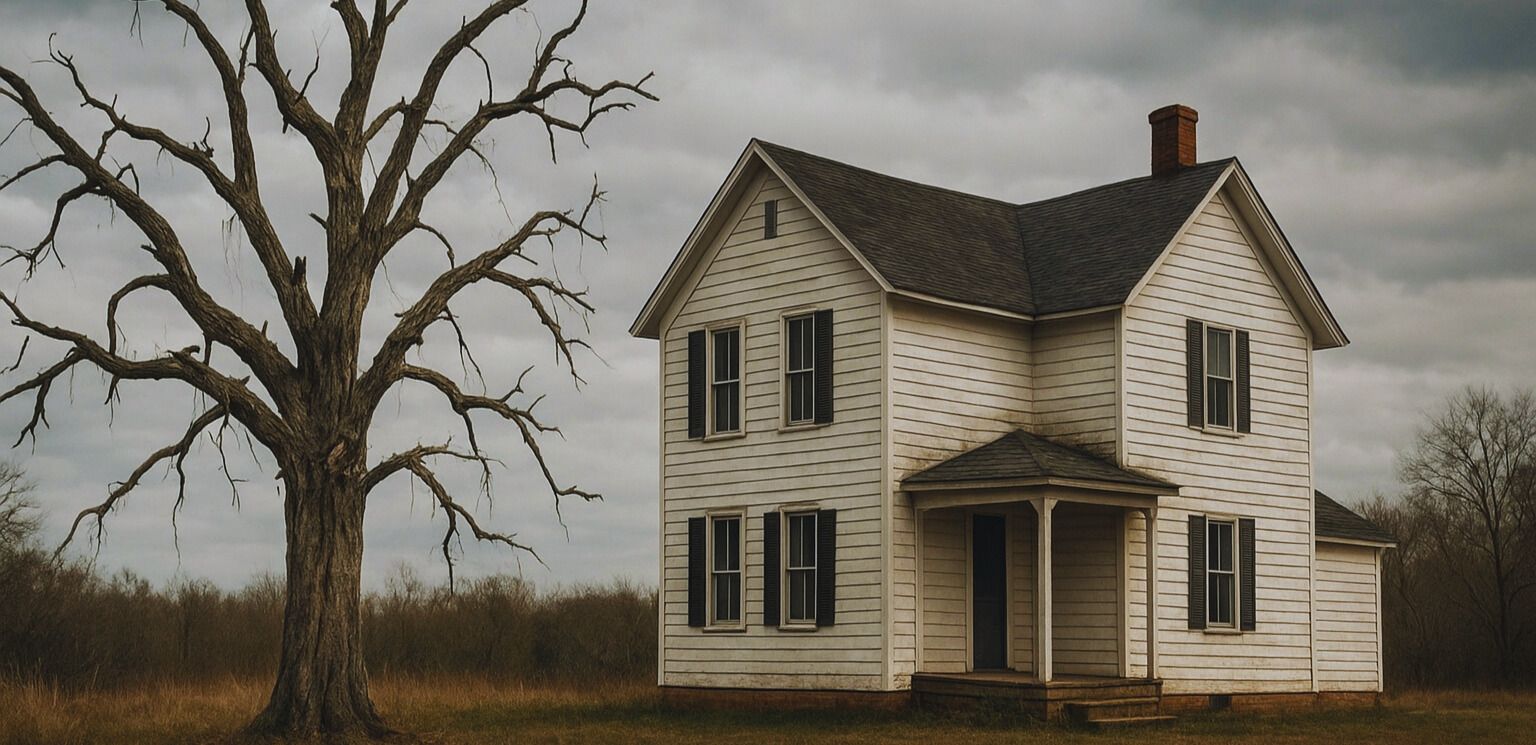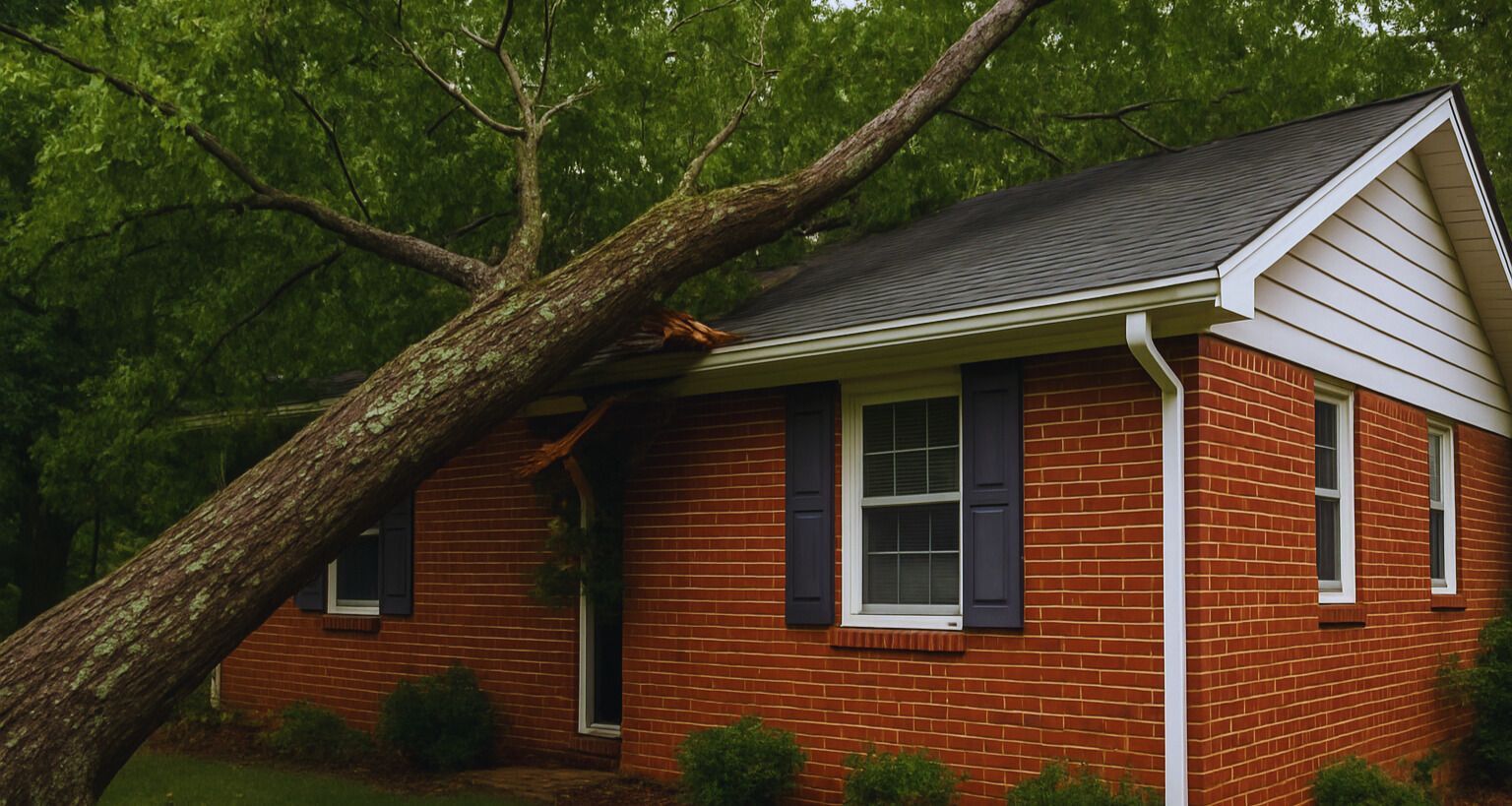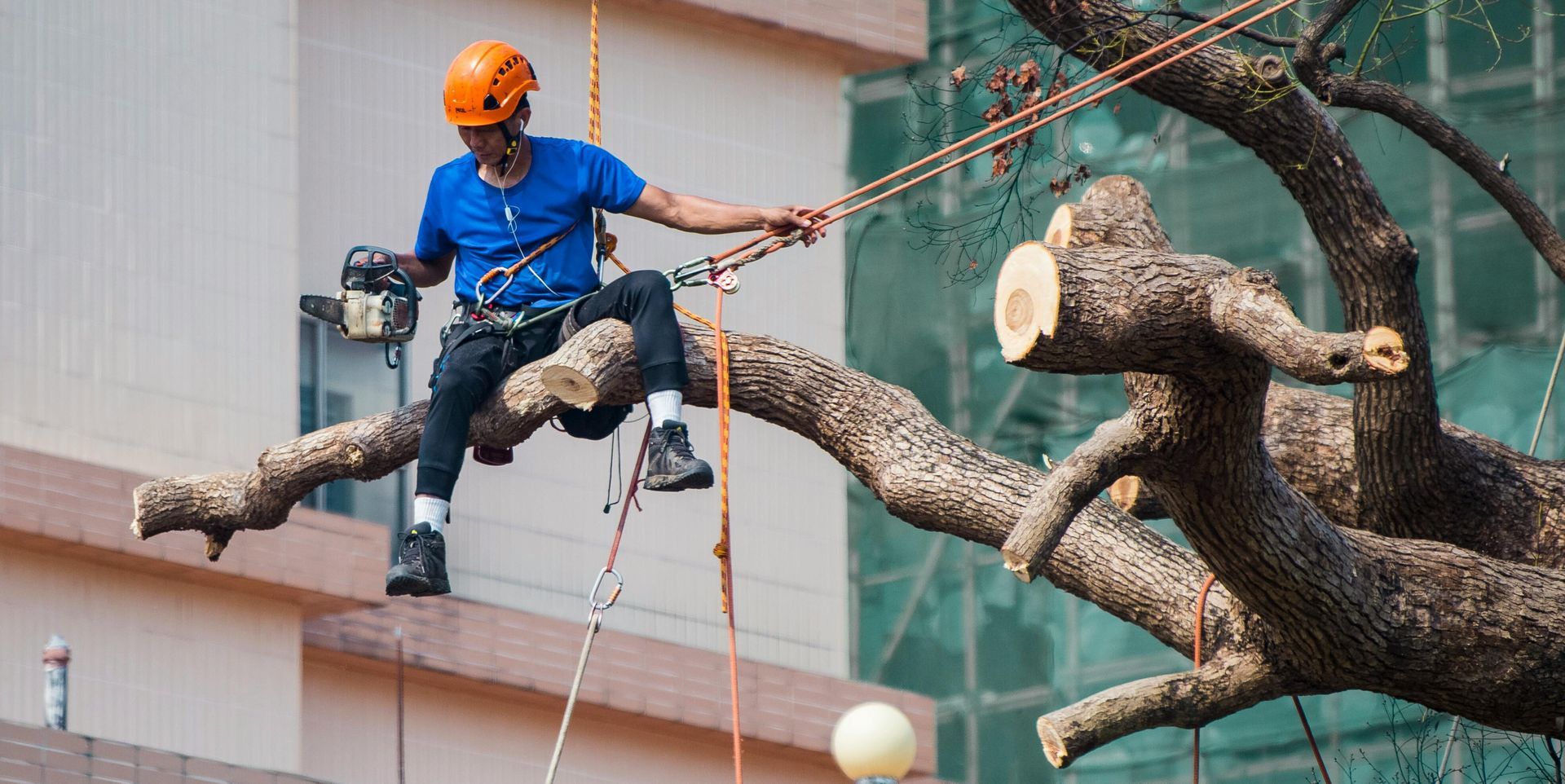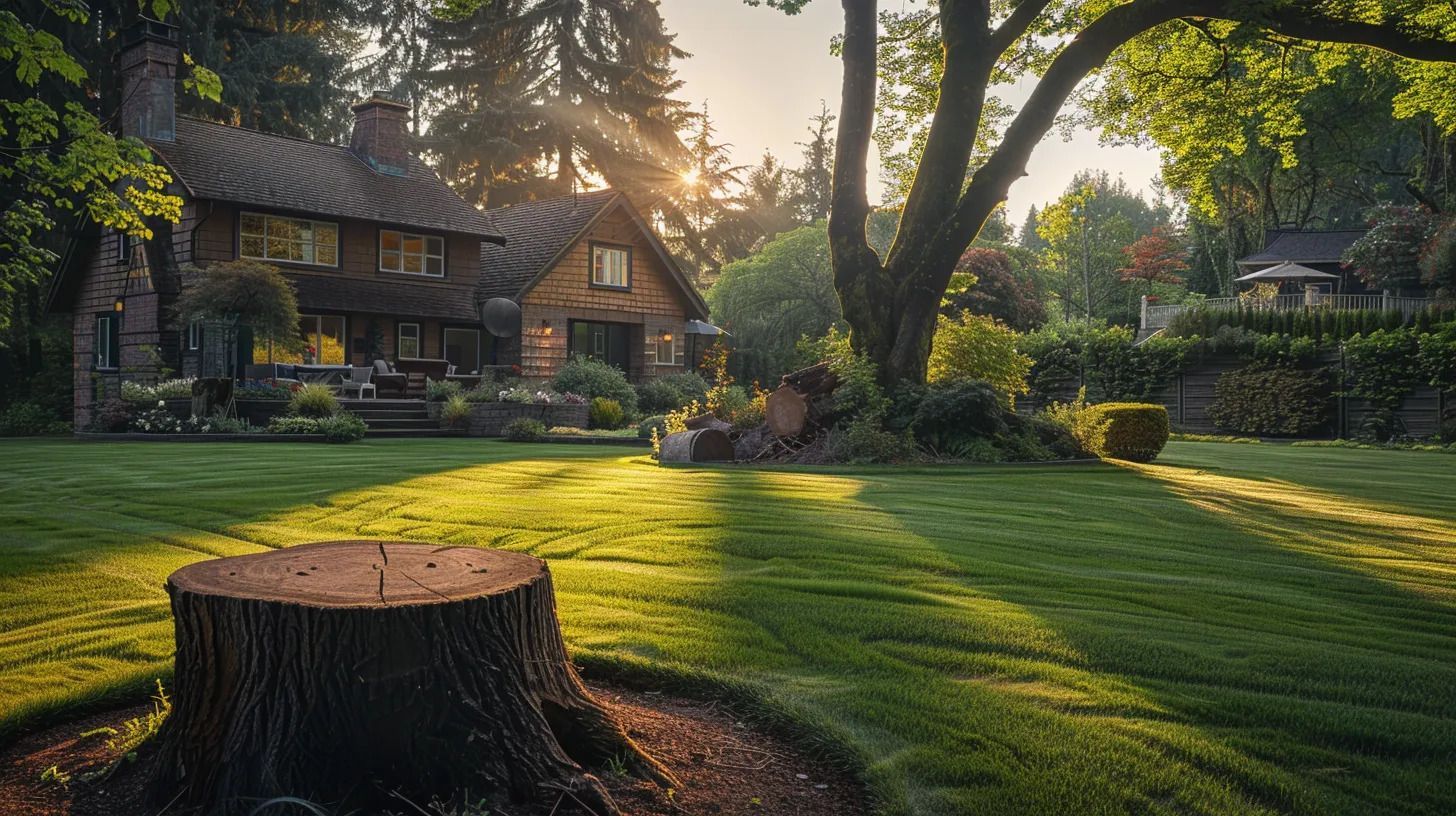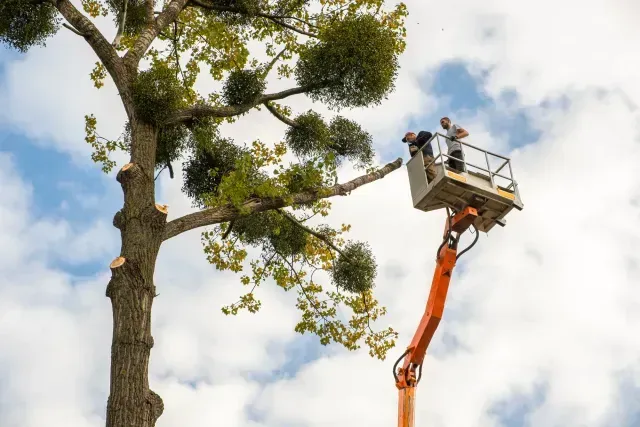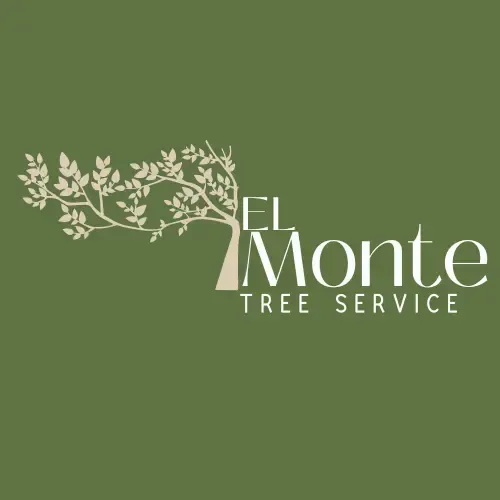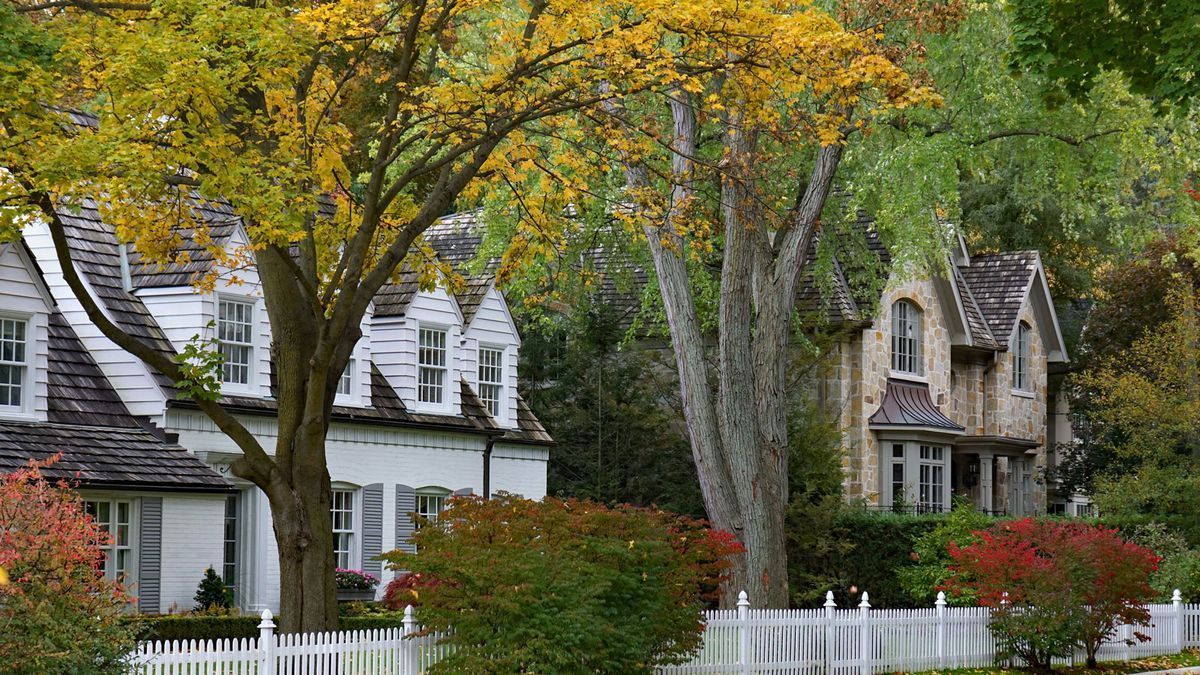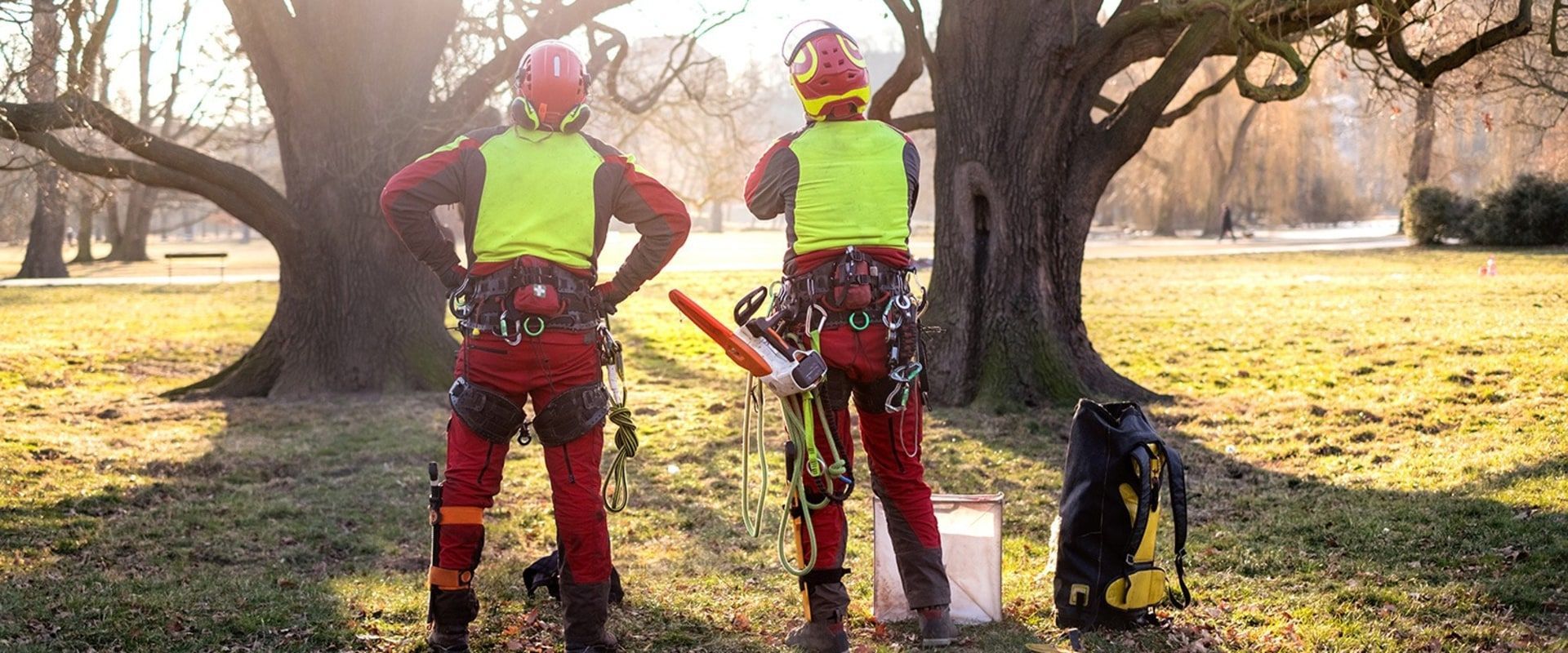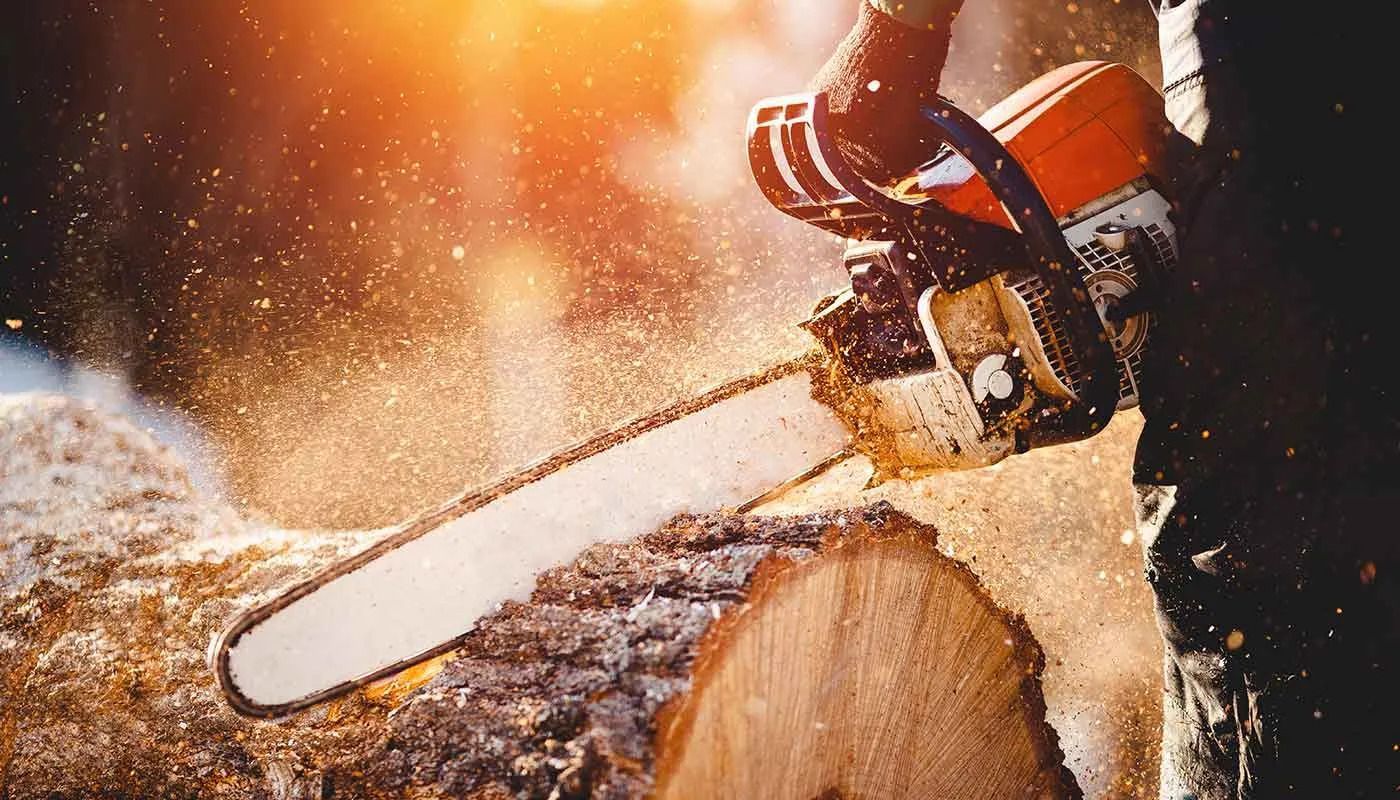The Value of Green: Planting Trees to Increase Property Worth
Introduction to Tree Planting and Property Value
A beautifully landscaped yard doesn’t just look good—it adds real dollars to your home’s bottom line. More than just decoration, trees are one of the smartest long-term investments you can make on your property. From shading your house to saving you money on energy bills, trees increase curb appeal and home value in ways many homeowners overlook.

The Value of Green: Planting Trees to Increase Property Worth
Trees do more than provide shade and beauty—they actually raise your property’s worth. Studies from organizations like the USDA Forest Service and Arbor Day Foundation have consistently shown that well-placed, healthy trees can increase property values by as much as 15%. Whether you're selling now or just future-proofing your investment, planting trees is a move that pays off.
The Economic Benefits of Tree Planting
Investing in trees is more than a feel-good act—it’s financially smart. According to the Council of Tree and Landscape Appraisers, a mature tree can add between $1,000 to $10,000 to a property’s value. Not to mention, homes with “good” landscaping can sell for up to 20% more than homes without it. That’s a big return for something that’s rooted in the ground.
How Trees Influence Home Curb Appeal
Think about the last time you browsed homes online. Which ones caught your eye first? Properties with full, healthy landscaping—including trees—stand out. Trees give a home a “finished” look, often drawing in potential buyers before they even step inside. It creates that instant emotional connection people want when house shopping.
Shade and Energy Savings as Selling Points
Trees that provide shade—especially on the west or east sides of a home—can significantly cut cooling costs in the summer. That means lower utility bills for you now, and a valuable selling point for future buyers. These functional benefits often add more perceived value than cosmetic features alone.
Neighborhood Greening and Community Value
It’s not just about your yard—when a whole neighborhood embraces tree planting, property values rise collectively. Tree-lined streets attract more buyers, reduce crime rates, and create a calming environment. This kind of community greening can add exponential value over time.
Top Trees That Boost Property Value
Some trees add more value than others. For instance:
Tree Type Benefits
Red Maple Beautiful fall color and fast-growing
Live Oak Long lifespan and massive shade
Dogwood Flowering in spring and low maintenance
Crape Myrtle Summer blooms and decorative bark
These species strike a balance between aesthetic appeal and practical benefits like shade or privacy.
Placement Matters: Where to Plant for Maximum Impact
Where you place a tree can make or break its value contribution. Consider these strategic placements:
- Front yard: Increases curb appeal instantly.
- Southwest corner: Ideal for afternoon shade.
- Near patios: Adds privacy and cools outdoor spaces.
Avoid placing trees too close to your home’s foundation or sewer lines. Roots can damage infrastructure over time.
Tree Maintenance and Long-Term Value
A healthy tree is an asset. A neglected one? Not so much. Dead or overgrown trees can actually lower property value. Regular maintenance like pruning and disease prevention ensures your trees stay valuable for years. Hiring a professional Tree Service can save you time and costly mistakes.
Environmental Advantages That Appeal to Buyers
Today’s homebuyers are more eco-conscious than ever. Trees sequester carbon, reduce runoff, and create cleaner air. These environmental benefits appeal to buyers looking for sustainable homes. A green investment now can attract a green-minded buyer later.
Trees and Noise Reduction
If your home is near a busy street or commercial zone, trees act as natural noise buffers. Planting a row of evergreen trees, for example, can drastically reduce sound pollution. That makes your home feel like a peaceful oasis, which buyers absolutely love.
Legal and Zoning Considerations When Planting Trees
Before planting, always check with your city or HOA. Some areas have rules about which types of trees you can plant and how close they can be to sidewalks or power lines. It’s better to ask now than to remove a tree later due to a zoning violation.
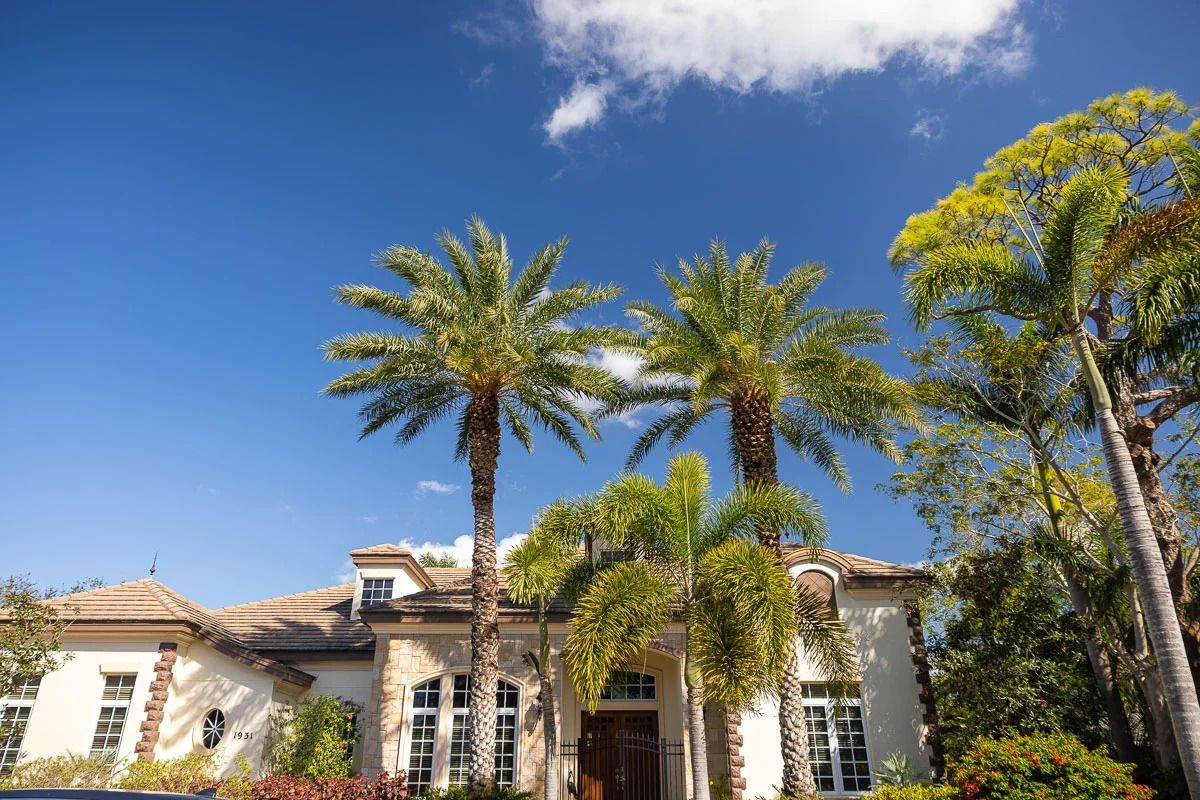
Before-and-After: Real Property Value Case Studies
Consider the case of a home in suburban Texas that saw a 12% increase in value after adding mature trees and professional landscaping. Or a small starter home in Atlanta that sold for $15,000 more than asking due to its inviting, tree-filled yard. These aren’t isolated cases—they’re happening everywhere.
How Tree Planting Compares to Other Landscaping Upgrades
Let’s compare:
Upgrade ROI Maintenance
Trees High Low
Swimming Pool Medium High
Deck Medium Medium
Sod/Lawn Low Medium
Trees offer a great return without the constant upkeep other upgrades require.
The Role of Professional Tree Services
DIY planting sounds great, but proper tree installation and care take expertise. From choosing the right species to ensuring root health and stability, professionals like Tree Service make the process smoother. Want to learn more or request an assessment? Contact them today for trusted, expert guidance.
When is the Best Time to Plant Trees?
Timing matters. The best seasons for planting are fall and spring—when temperatures are moderate and the tree can establish roots before extreme weather hits. Avoid planting in the middle of summer or winter unless the tree type is extremely resilient.
How to Maintain Trees for Years of Added Property Value
Here’s how to keep your trees valuable:
- Water deeply once a week
- Mulch around the base (but not against the trunk)
- Prune dead or diseased branches annually
- Watch for pests or fungus
Routine care helps prevent major issues that could hurt your home’s value later.
What Real Estate Agents Say About Trees and Sales
According to several real estate professionals, homes with mature trees tend to sell faster and for higher prices. Agents often include trees as part of their sales pitch, noting the shade, beauty, and privacy trees provide as major selling points.
DIY vs. Professional Tree Planting
Doing it yourself may seem cheaper, but improperly planted trees often die or cause future problems. Professionals ensure the right depth, spacing, and soil preparation—saving you money in the long run.
Factor DIY Professional
Cost Low upfront Higher upfront
Risk High Low
Success Rate 60% 95%+
FAQs About The Value of Green: Planting Trees to Increase Property Worth
How many trees should I plant for maximum value?
One to two large trees in the front yard, and a few smaller ones in the back, can optimize both curb appeal and functionality.
Which tree species adds the most value?
Hardwoods like oak and maple tend to add more value due to their size, longevity, and aesthetic beauty.
How long does it take for a tree to increase value?
Within 5 to 7 years, most trees mature enough to start significantly impacting your property’s value.
Are trees better than shrubs or flowers for value?
Yes—while flowers and shrubs add seasonal beauty, trees provide long-term benefits that appreciate over time.
What should I avoid when planting trees?
Avoid planting near foundations, under power lines, or choosing invasive species that grow too fast and cause root problems.
Can dead trees lower property value?
Absolutely. Dead or dying trees not only look bad—they're safety hazards that deter buyers and can reduce your asking price.
Conclusion: Why Investing in Trees is Investing in Value
Planting a tree is one of the few home improvements that grows in value—literally. Whether you’re hoping to sell soon or just want to enhance your lifestyle, the return on investment from trees is both financial and emotional. Trees don’t just beautify a space—they transform it. So dig in, plant smart, and let your property grow in more ways than one.
Links
